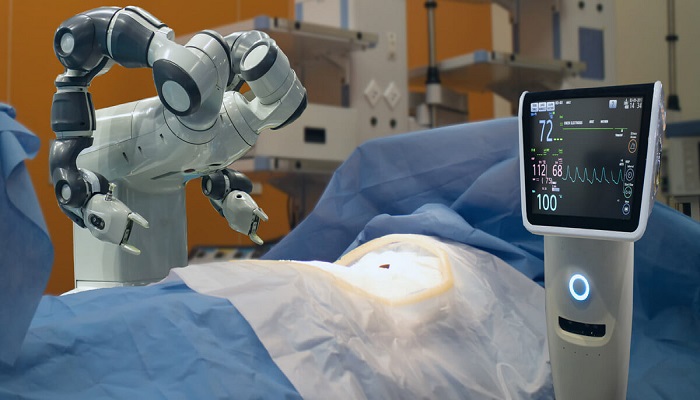With real-time data analysis and intraoperative feedback, next-generation robotic systems have advanced significantly, restoring trust in surgical judgments and reducing the risk of mistakes during surgery.
Surgery is progressing quickly because of robotic platforms, which are bringing forth breakthroughs that have the potential to transform the field and enhance patient outcomes. In the operating room, technological innovation and human creativity are setting new benchmarks for efficacy, efficiency, and safety, and the body of clinical data is only becoming stronger.
A 2021 study that contrasted conventional methods for abdominopelvic operations with robotic-assisted laparoscopic (RALS) procedures found that although there were some minor gains, robotics did not prove to be a significant advantage. But in the little period since that publication, developments have set the stage for the next generation of robotic surgical instruments to have an unprecedented influence on patient outcomes.
In particular, intraoperative feedback and real-time data processing have greatly advanced next-generation robotic systems. They have reduced the possibility of surgical mistakes while fostering a renewed sense of confidence in surgical judgments.
An overview of surgical robots’ past
Early robotic systems were designed to provide surgeons more control and accuracy, but they were unable to significantly improve patient outcomes over conventional techniques. By iterating continuously, technology developers have given surgeons more range of motion, better dexterity, and ergonomic improvements that make it easier for them to execute difficult procedures.
Robotics has shown to be no different from medicine, which has been sluggish to accept new technology in the digital era. Examples of these technologies include digitizing medical records and replacing fax machines. Even among the most passionate supporters, adoption rates of robotic systems were hampered by their high initial cost, upkeep requirements, and training requirements. In the United States, millions of operations are done every year, yet very few of them make use of robotic help.
But recently, that picture has shifted due to the innovation community’s tremendous strides. Robotics advances have led to an increasing amount of clinical data that, for the first time, demonstrates quantifiable improvement. The quality of the clinical data has led to a rise in interest and acceptance as more surgeries take place. Now that robotic surgery is becoming more widely used, there’s excellent reason to think that this will happen as increased global training programs and technological acceptance spur greater research and development for the next generation of surgical professionals with digital capabilities.
Entering the contemporary era of surgery
One of the best examples of how digital interfaces may enhance a typically mechanical experience is seen in the car sector. Road navigation has become safer and more effective with innovations like lane departure sensors, GPS services, rearview cameras, blind spot monitoring, and even self-driving capabilities. Between 1960 and 2012, automobile safety technology is said to have saved over 600,000 lives, according to the US Department of Transportation.
A similar result might be attained by improving robotic-assisted procedures with integrated digital elements. By enabling data-driven choices and methods, emerging digital technologies have the potential to increase operating room effectiveness and patient safety. Just as digital instruments in surgery aid surgeons without completely replacing them, more safety measures in cars help drivers without replacing them.
Improving surgical results via sophisticated robots
Surgical rooms all around the world are already being impacted by contemporary robotic systems, which assist doctors in avoiding avoidable mistakes and increase operating room productivity. Surgeons are being outfitted with technology for training, safety, and analysis.
Although surgical complications are still a major problem, improved robotic integration has been shown to improve uniformity and standardization with favorable results. These platforms have the potential to revolutionize surgical techniques by offering a digital interface that enhances the surgeon’s skills.
Many have questioned whether robotic platforms in surgery can really improve patient outcomes since their introduction. The new generation of gadgets demonstrates for the first time that robotic technology with digital interfaces and advertisements might lead to better results.


















